





 |
 |
 |
 |
 |
 |
| Zane Paxton | profile | all galleries >> Yucatan Quest >> Dzibanche | tree view | thumbnails | slideshow |
Dzibanché
Writing on Wood
Dzibanché, means "writing on wood" in Mayan.
The name Dzibanché comes from Temple #6 which has a wooden lintel with glyphs from 618 AD. The site is fairly old dating back to 200 BC. It became a great city around 200 AD.
Dzibanché occupied an interesting location; it was not part of the Río Bec region but lay on important trade routed extending from there to the coast. This was a significant reason for Dzibanché's growth throughout the Early and into the Late Classic periods.
In the first half of the Late Classic, many of the largest buildings were constructed and here we see the development of its unique architectural style: rounded pyramidal bases tapering to double-sided temples on top. This feature alone places the city outside of the Río Bec group.
About two hundred years after the city's collapse, the ritual areas were begun to be occupied again by the local people who left offerings in the temples. In 1927, the first person to write about it was an English doctor, who named many of the buildings.
The site is wooded by the giant Ceiba trees, which are the sacred tree of the Maya.
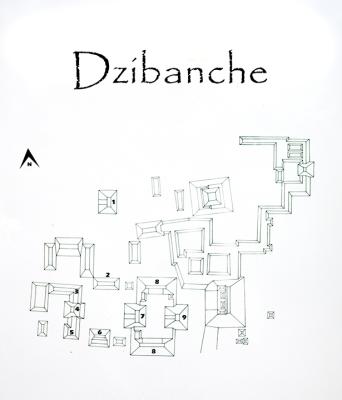 Dzibanche Map |
 Temple-6 |
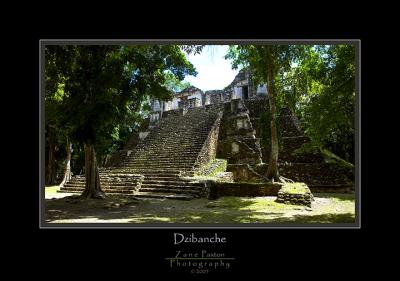 Temple-2 |
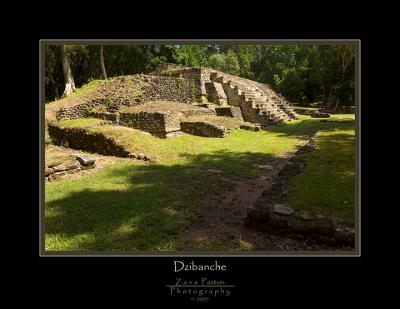 Ruins-1 |
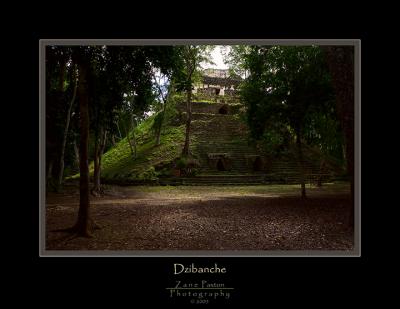 Dzibanche Temple-9 |
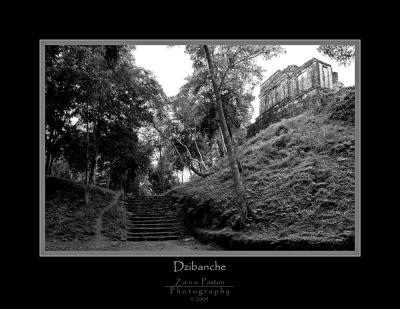 Temple |
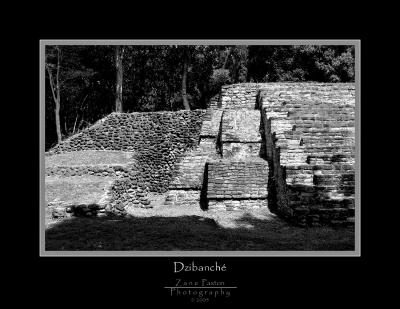 Dzibanche Ruins |
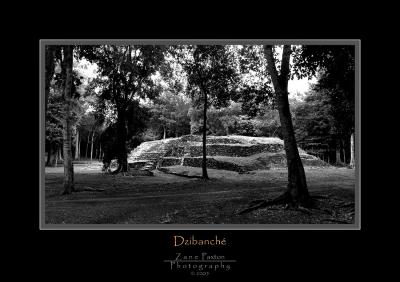 Dzibanche Pyramid-2 |
 Dzibanche Ruins-2 |
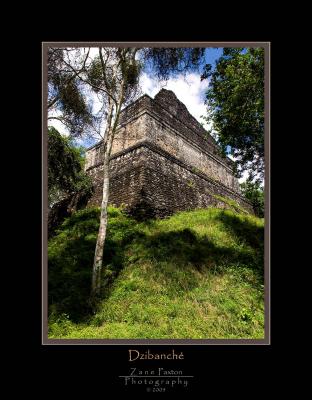 Temple Corner |
| comment | share |
| SteveGinIL | 13-Sep-2010 22:59 | |
| Vinny | 24-Nov-2005 14:31 | |